8. Italianamerican (1974)
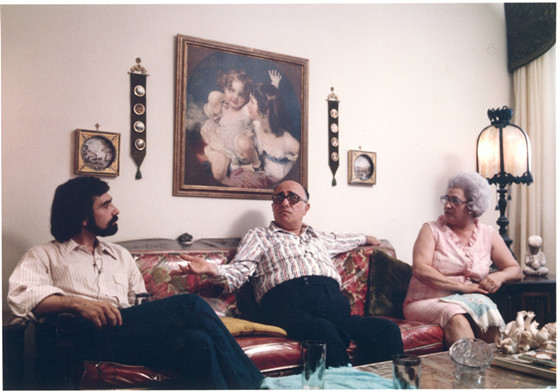
In this second entry, Martin Scorsese decided to put the focus on his own home, in other words, in his family, particularly his mother and father, who were very close to the filmmaker having participated as extras in a couple of his films.
“Italianamerican”, therefore, is a light and comedic medium length documentary, featuring Charles and Catherine Scorsese in their own family apartment, a very intimate and natural atmosphere where they talk about their experiences has Italian immigrants in America, their experiences and events in the early American-Italian neighbourhoods, share family stories of their ancestors, share their views on religion and the state of contemporary America.
Amidst all this, Scorsese also films his mother Catherine cooking her famed recipe of meatballs. Despite all this, it is interesting to observe the couple’s dynamics and their divergent personalities that lead to great truthful moments, as well as, the view the film provides of middle class American life and immigration.
7. The Last Waltz (1978)
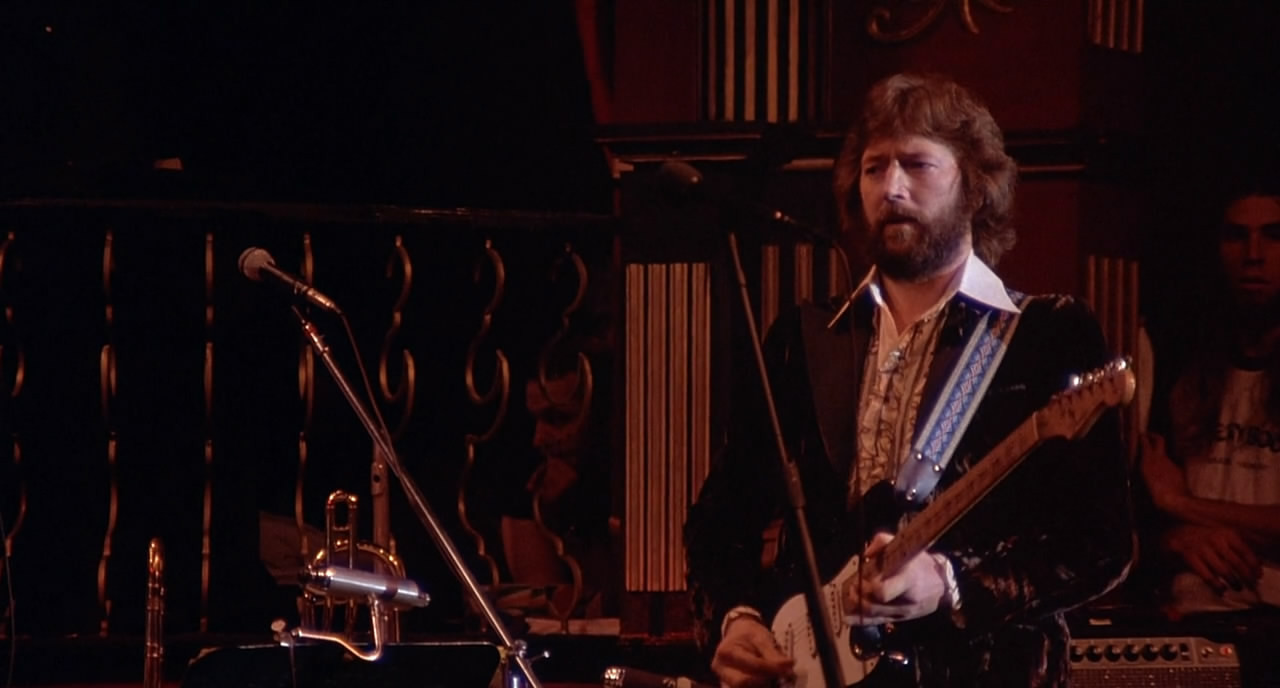
Shot on November 25, 1976 in San Francisco, The Last Waltz shares its title with the event the film focus its attention on: a concert held at the Winterland Ballroom. This was supposedly the farewell concert of The Band and included a number of other performer’s appearances (Bob Dylan, Eric Clapton, Joni Mitchell, Muddy Waters, Van Morrison and many other great names of the musical industry of this period).
The documentary includes not only concert footage but also exclusive backstage interviews with the performers, studio segments in which the members of The Band talk about the group’s history, sharing stories from the past and justifying the need for this event as a sort of farewell for the band from its past which they passed mainly touring around the world.
As it advises in the beginning of the film, it should be played loud.
6. George Harrison: Living in the Material World (2011)
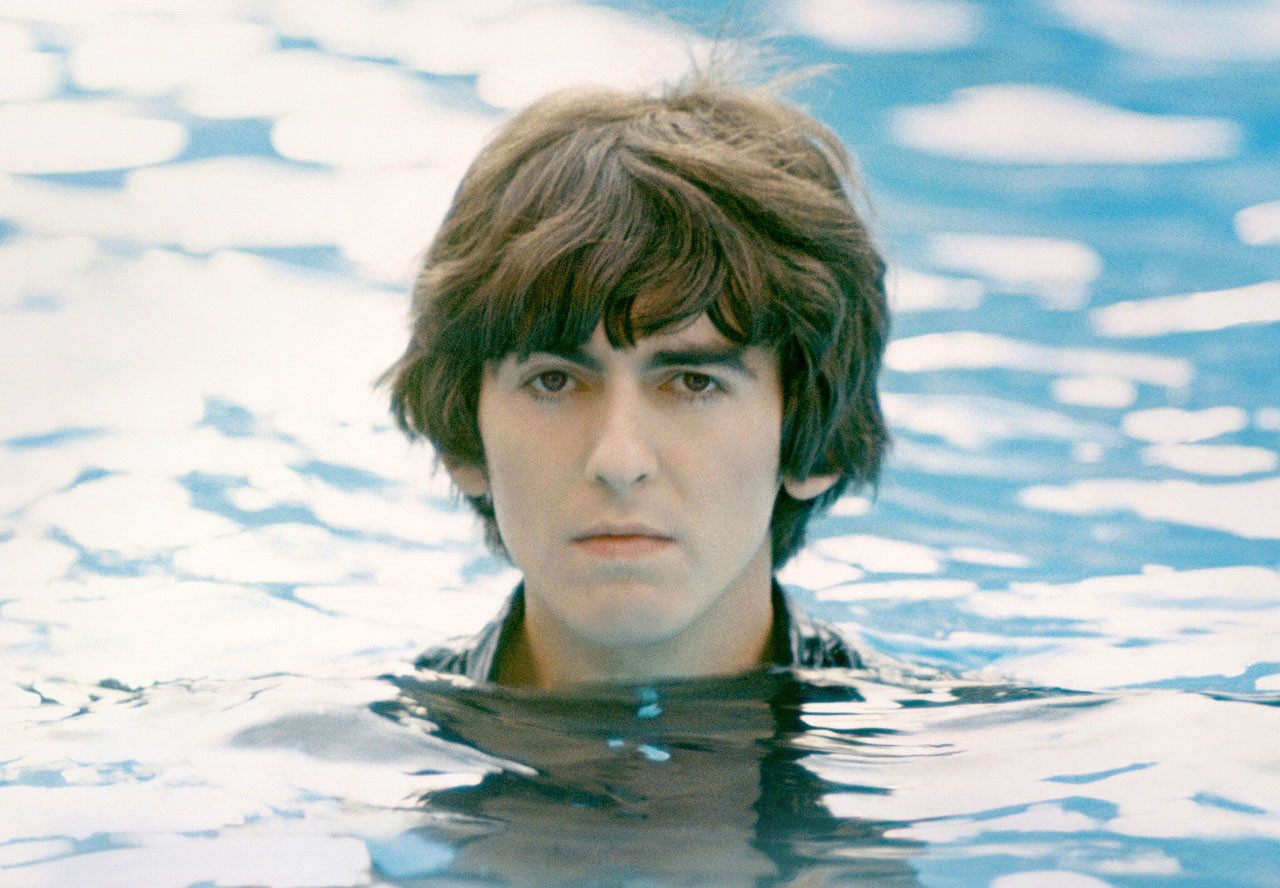
This 2011 documentary follows another big name of the music industry, ‘the quiet Beatle’, George Harrison. Differently from the documentary made on Bob Dylan, “George Harrison: Living in the Material World” follows this music legend from his early life before fame, the formation of The Beatles and the Beatle fever, focusing a great part of the film’s running time on the influence of George Harrison in music, particularly, when he introduced Indian and eastern musical instruments in the band’s repertory.
It also highlights the influence of the Krishna’s line of thinking into Harrison’s personal and professional life, providing a new and deep look into George Harrison’s life.
5. Shine a Light (2008)
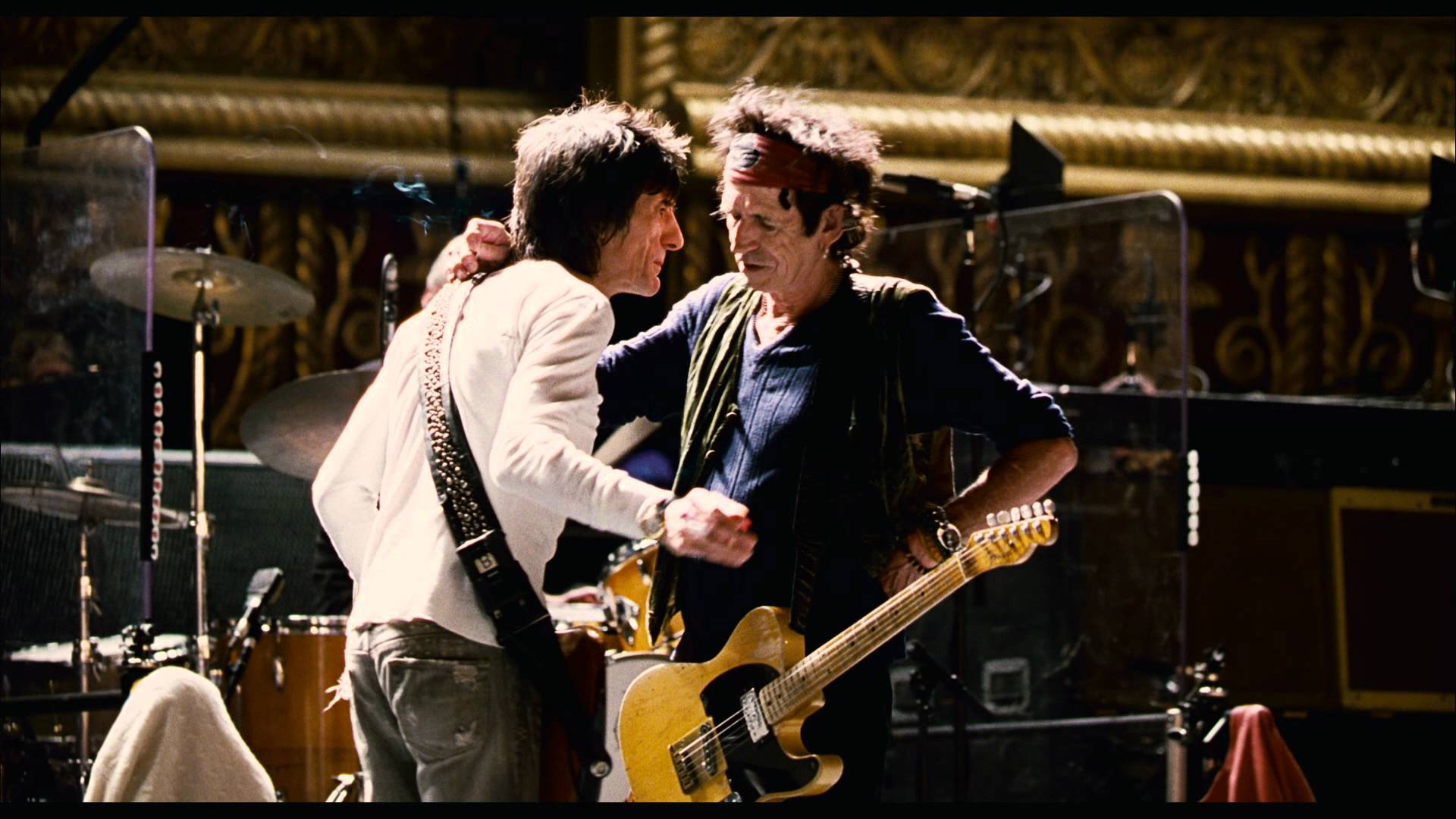
Shine a Light’s is more significant in Scorsese’s filmography than what one might consider, in fact, this documentary marks the transition of Scorsese from working entirely with film to incorporate elements of digital cinematography.
The film intercalates archive footage of The Rolling Stones, which are the subject of the documentary, with images from their tour titled “A Bigger Bang Tour”, placing particular emphasis on their performance at the Beacon Theatre in New York.
4. A Letter to Elia (2010)
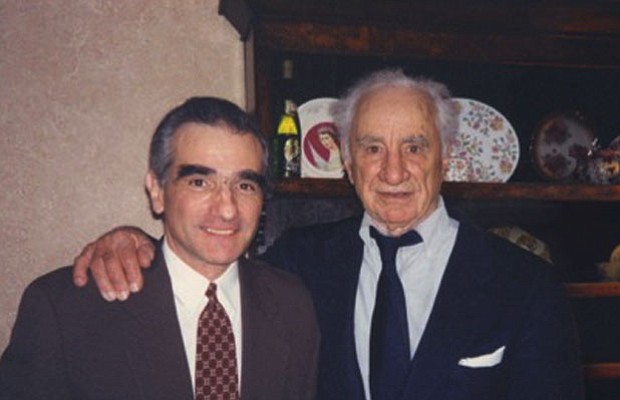
Another collaboration between Martin Scorsese and documentary filmmaker Kent Jones and part of the series “American Masters” aired on PBS, “A Letter to Elia” is yet another in which Scorsese concentrates on a particular subject or person who has casted an influence on him and his work as a film director and this time that someone is Elia Kazan.
Something interesting about this documentary is the number of sources and the different nature of the materials it uses, from photographs, excerpts from Kazan’s films, narration, archive footage of an interview made with Elia Kazan in a later stage of his life and a speech read by actor Elias Koteas, the film traces an intimate portrait of the filmmaker either adored and cherished by some due to his contributions to American cinema either despised by others due to the testimony he gave before the House Committee on Un-American Activities.
3. No Direction Home: Bob Dylan (2005)
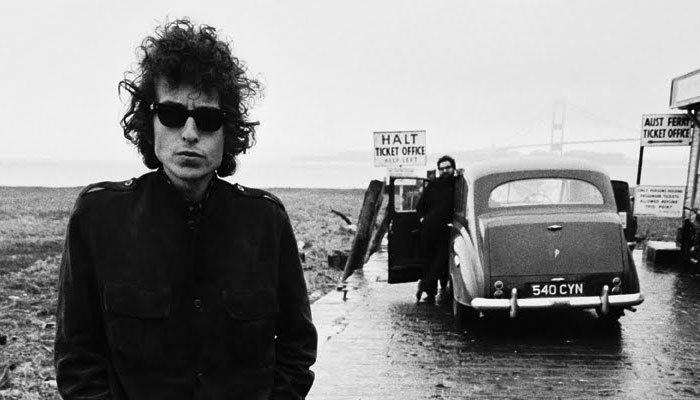
As part of the series American Masters, “No Direction Home” a title for which the film is more commonly known focus on the folk hero and musical master Bob Dylan. Not only does this documentary follows the musician’s life from the early steps of his career during the 1960s but it also concentrates on the transformation of Bob Dylan into a star and an icon of a new American generation, disenchanted with reality and above all a generation that demanded change.
Thus, it is interesting to observe the take the film does on Dylan’s importance in American culture and above all in music since he connected the hardships and the history of early American music with the new brave tone of his generation.
2. My Voyage to Italy (2001)
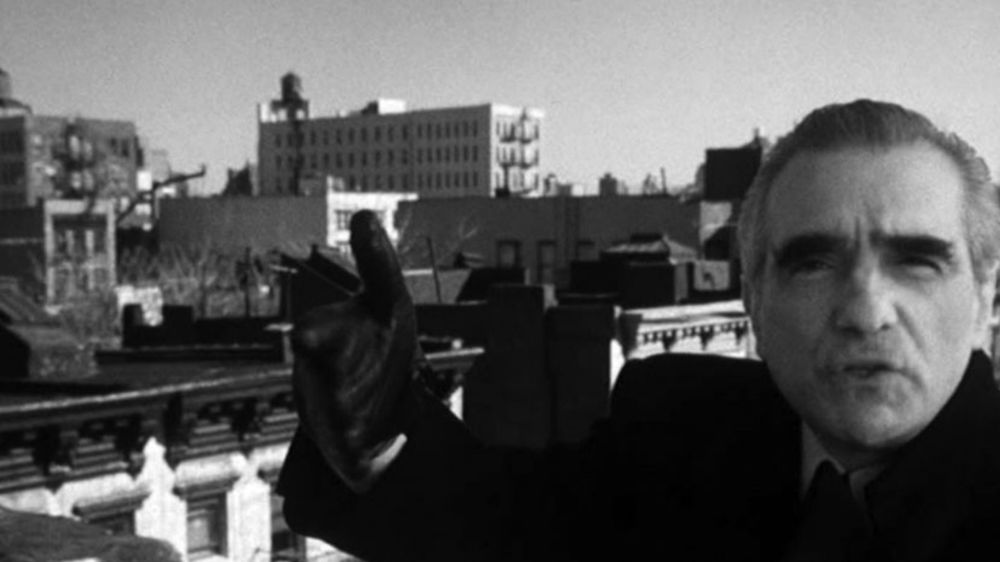
Made somewhat in the same style as “A Personal Journey with Martin Scorsese Through American Movies”, this documentary has Martin Scorsese travelling through the history of Italian Cinema, highlighting some of its landmarks, as well as, acclaimed film directors and important art movements within it such as the Italian neorealism.
“My Voyage to Italy” starts with the director himself revisiting his childhood and teenage years, as well as, his life in Manhattan and how he first became in contact with cinema, first through classic American films and then through foreign films where he eventually came across the works of major Italian filmmakers such as Roberto Rossellini, Michelangelo Antonioni, Vittorio de Sica, Federico Fellini or Luchino Visconti, whose films the director highlights throughout the total of the documentary’s running time.
1. A Personal Journey with Martin Scorsese Through American Movies (1995)
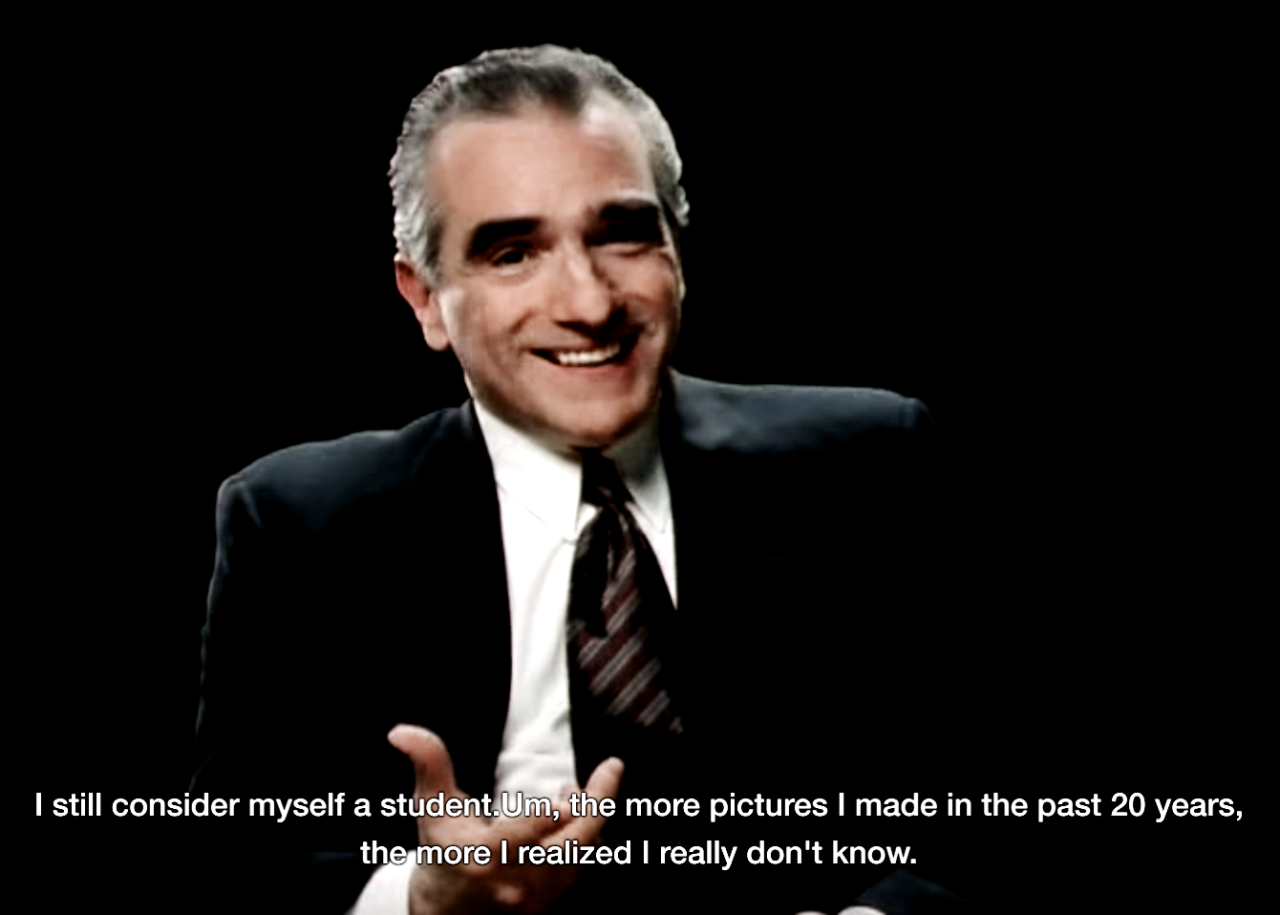
Undoubtedly one of the most interesting documentaries made by the director, 1995’s “A Personal Journey with Martin Scorsese Through American Movies” is also a great tool for those who are looking for a film history lesson mainly in American cinema.
With that being said, the focus of this documentary is Martin Scorsese himself who starts to talk about his likeness borderline obsession for film as he grew up. Then it evolves into a three-part documentary that examines the role of film director throughout the golden era of American cinema.
The first part of the film focus on the narrative purpose of film and the role of the film director as a storyteller highlighting three classical genres – the gangster film, the musical and the western. On a second take, the documentary focus on the ideas of the film director as an illusionist, meaning, the creation of new techniques and the innovations that were brought by fresh uses of sound, light and colour, as well as, concentrating on the people responsible for it (mainly D. W. Griffith and F. W. Murnau).
Also, featured in the second act is the idea of the director as a smuggler, and here the film focus on people like Douglas Sirk, who was able to work around taboos and premises that touched situations and themes hidden by society during his time. Being this point extended into the third part of the film which also provides a vision on directors such as Orson Welles, Elia Kazan or Nicholas Ray who used film as a mean to oppose conservatism and conventionalism.
In conclusion, Scorsese’s body of work as touched a wide variety of subjects from musical legends to physical landmarks in American history. Besides these mentioned films, Martin Scorsese also worked or collaborated in other documentary projects, for instance, “The King of Ads” in 1991 and “The Concert For New York City” made in 2001.